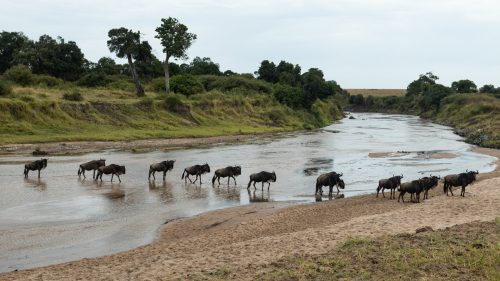
It was exactly a year ago that President Kenyatta made the decision to ‘unlock’ Kenya. Like many other countries, Kenya closed its borders and for nearly four months almost no one visited Africa’s most famous reserve. I will never forget the day when the tourists returned, as it was perfectly timed to the arrival of the wildebeest herds into the Maasai Mara. Sitting in a vehicle, on the banks of the Sand River near to the confluence with the Mara River, I watched as tens of thousands of gnus slowly marched north. That day we were treated to one of the first big groupings to cross into the country.

This year, on almost the same day, the wildebeest began to pour across the border yet again. While the world may still be somewhat in limbo, nature continues to beat to its own continuous rhythm. Despite the unpredictability of the events that have taken place across the planet over the last year, there is stability in the fact that the Great Migration has well and truly arrived.

This will be my fourth Migration Season here at Angama, and I still experience the butterflies deep in my stomach when I think about the scenes that are about to unfold: A crackling voice on the radio announcing that the herds are gathering along the riverbank. The sound of the engine revving to get down to the river quickly. How many wildebeest will there be? How close to the water’s edge will they get? Will there be massive crocodiles? Glancing at the camera settings, visualising the perfect photograph, hoping the sun will come out from behind the cloud and that the sneaky hyenas will stay away.
Then there is often ‘The Big Wait’ – sitting in the vehicle waiting for the wildebeests to decide whether or not they want to cross. Confusion, as the grass simply doesn’t seem any greener on the other side. James Hendry summed it up so wonderfully in a piece he wrote a few seasons ago.
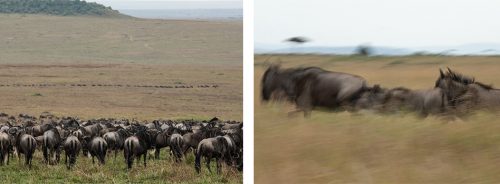
Those of you who have visited the Mara over this period will know ‘The Big Wait’ is as much a part of the Migration experience as the actual crossing itself. Sometimes, you may get lucky and wait just a few minutes, but on other days this can turn into a test of endurance. The reward is always worth it – and there is always something interesting to watch along the way.
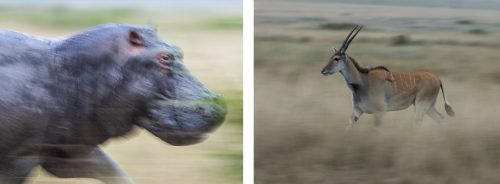
At this stage, the wildebeest are crossing the Sand River, but if all goes to plan in a few days or weeks, they will keep driving north towards the Mara River. This is where the most epic scenes await.
Of course, the Mara isn’t just about the crossings, and even at this time of the year, there are so many other sightings to appreciate and unexplored areas to traverse. In the Triangle, you can easily take a full-day safari in the opposite direction and tally more than 30 different lions along the way.
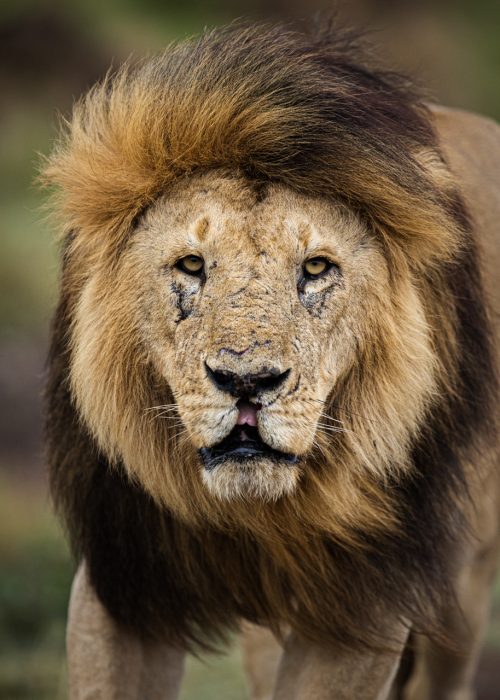
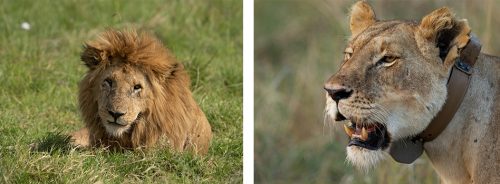

While the next few weeks of This Week At Angama may seem to favour the wildebeest, we will do our best to showcase all the other creatures that call this landscape home.




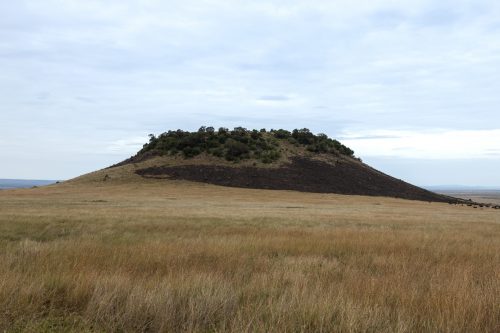
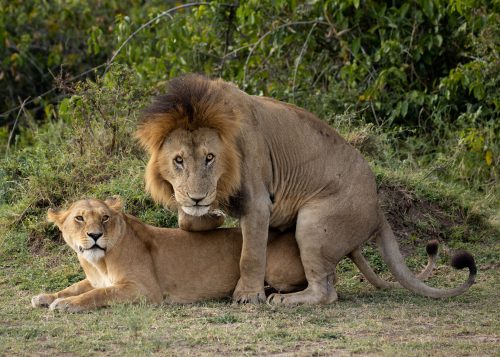
The Bila Shaka males have firmly been in control of both sides of the Mara River banks, north of Serena, for the last year. They have enjoyed what it means to be the top dog for a year now.
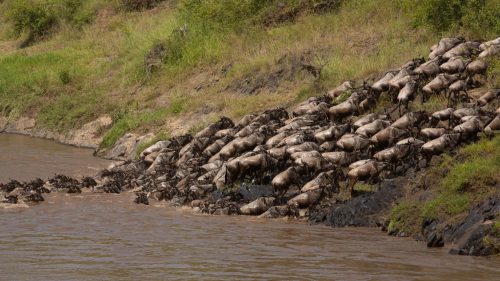
Back in 2019, the Migration arrived much earlier than usual. By this stage, we were already seeing big Mara River crossings.

I will never forget this sighting from three years ago when a pair of jackals chased down a baby impala. Motherly instincts took over and the baby’s mother desperately tried to fend them off but to no avail.
Filed under: This Week at Angama
Subscribe for Weekly Stories
Comments (0):
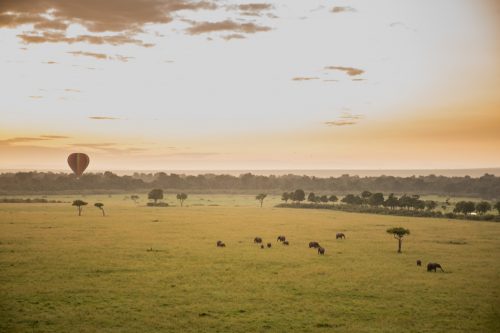
Hot-air Ballooning